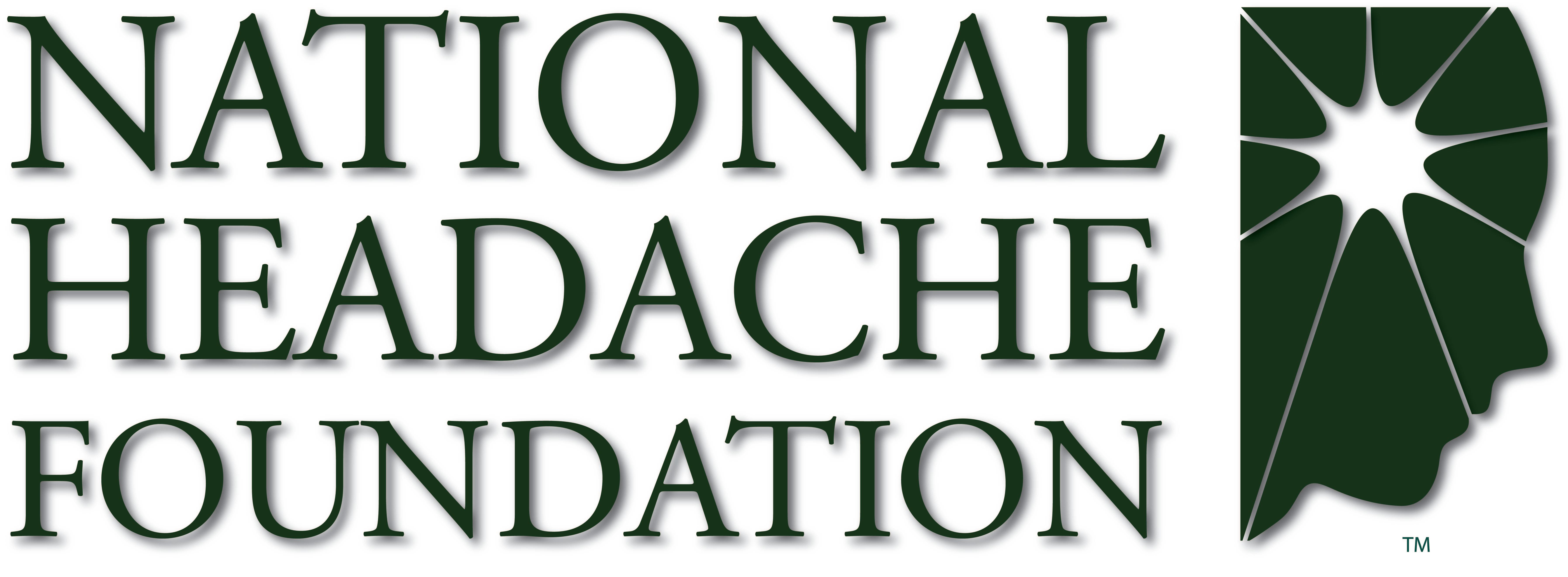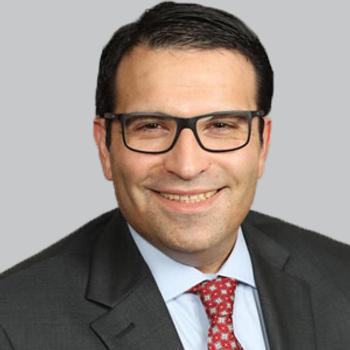
NeuroVoices: Paul G. Mathew, MD, DNBPAS, FAAN, FAHS, on Intricacies in Treating Posttraumatic Headache and Associated Neuralgias

The assistant professor of neurology at Harvard Medical School detailed his recent review involving the diagnosis and management of posttraumatic headache with associated cranial neuralgias.
Posttraumatic headache is broadly defined as a new headache that occurs for the first time immediately or within 7 days of sustaining trauma to the head or neck. Painful cranial neuralgias are encountered within the clinical spectrum of posttraumatic headache, with features including lancinating pain in the distribution of the affected nerve, pain with palpation of the nerve’s superficial elements, and/or the presence of Tinel’s sign.
A recent retrospective report of 2 patients who presented with headaches that met for the criteria for posttraumatic headache showed a presence of these focal painful cranial neuralgia upon further physical and history examination. Study authors Paul G. Mathew, MD, DNBPAS, FAAS, FAHS, and Wade Cooper, DO, aimed to expand the literature of the diagnosis as well as detail the differences in how these subpopulations are treated. The duo concluded that these painful cranial neuralgias are often overlooked in clinical practice and are frequently overshadowed by the complexity of post-concussion syndrome.
Mathew, assistant professor of neurology, Harvard Medical School, sat down with NeurologyLive for a new iteration of NeuroVoices to discuss his findings and more on these specific types of headache. He provided background on the reasons for his case study, improving awareness levels for cranial neuralgias, difficulties in treating this condition, and challenges that occur in the diagnostic stage.
NeurologyLive: What motivated you to conduct this review?
Paul Mathew, MD: Serendipity is a very funny thing. For many years in practice, I’ve seen patients who have seen multiple physicians, neurologists, and even headache specialists, and a lot of the time these patients have been on many different treatments for migraine. I would conduct a history of physical examination and hear common themes. These people would come in and say, “I’ve had migraine my whole life, it was pretty infrequent, the headaches would be severe but not too bad.” And then at the age of 35, the headache started to become much more frequent and intense, for no good reason. No car accident, no severe life events, nothing like that.
These very same patients would say that early on, their headache would strike around the eye or the temple, and then it would have a throbbing, pounding quality which sounded like migraine. Later, they would develop another kind of headache. As soon as clinicians hear throbbing, pounding, light or sound sensitivity, and nausea, they immediately think, “Oh, this is migraine.” But if you hear the patient out, they’ll describe a different type of headache. They will say that their recent headaches have started in the back of the head, with a sharp stabbing quality. If you probe a bit, they’ll say the stabbing pain lasts seconds at a time. If you probe a bit even further, they’ll say that the stabbing pain will oftentimes occur without any light sensitivity, sound sensitivity, and without these migrant features.
If it goes on for long enough, it’ll then tip off a lot of these migraine features and the pain comes forward. Little do they realize occipital neuralgia is lurking in the back and when it gets back enough, it activates the migraine. The analogy I use is, migraine is like a sensitive car alarm. These patients developing occipital neuralgia and some of these other painful cranial neuralgias is like a small child kicking the wheels of this car, thus setting the alarm off more frequently. To the surprise of many patients, when their neuralgia is under good treatment, they then revisit some of these migraine treatments, and they work surprisingly well this time around. Now it allows the migraine medications to do what they’re supposed to do.
Do you believe that the awareness of this is not adequate among neurologists? Should there be more screening in practice?
Yes, to both. You can only treat something once you make the diagnosis and you can only make the diagnosis once the awareness is there. Part of the story needs to be listening to patients more carefully. When they say things like “Oh, I have 2 different types of headaches,” which often get shrugged off and people say, “Oh, it’s just migraine manifesting differently.” We also must listen carefully to the timeline of their attacks. When patients have this abrupt turn of their head and their headaches get worse, it’s worthwhile to ask those questions.
Some useful maneuvers include an occipital Tinel’s where you tap on the back of the head. You’re looking for a Tinel sign. Most patients with migraine will have some degree of scalp sensitivity. When you touch back there, it may hurt. If you tap back there and they feel a tingling or pain running up the back of the head in the distribution of that nerve, that is a positive Tinel’s. In addition, when you’re doing range of motion of the persons neck, if they turn a certain way and wince in pain because they feel a jolt coming up the back of the head, that’s not just an achy neck, that’s eliciting an attack of occipital neuralgia. Then you can ask history questions like do they sometimes get a quick thing of pain coming up from the back of the head when they turn while driving. When you lay down in bed sometimes, can the position of the pillow on your neck set off an attack? Classically, they will say yes to these things.
In our study, of patients with occipital neuralgia, 75% of these patients have a positive Tinel’s. Finding a positive Tinel’s can be very suggestive of the diagnosis of occipital neuralgia. It’s also convincing to the patient when you perform that maneuver, and it triggers the pain. The patient therefore gets a better understanding of the disease, the underlying pathophysiology, and how occipital nerve blocks can work to treat this.
Are there challenges in the diagnostic process for these neuralgias?
As I mentioned, serendipity is a great thing. An undergraduate student approached me and said, “Dr. Mathew, I’d like to do some research with you.” We conducted a prevalence study, which was published in Neurology, and looked at 800 patients who had come in complaining of headache. Of those 800 patients, 195 of them had occipital neuralgia. That’s almost 25% of the patients that came in. Whether they had chronic migraine, episodic migraine, or posttraumatic headache. A lot of the time that diagnosis gets missed because people are hearing all about the migraine symptoms and proceeding with just the treatment of migraine instead of looking at the occipital neuralgia or the other painful neuralgias that may be coexisting.
What are the difficulties and complexities in treating these cranial neuralgias?
Part of the diagnostic criteria for occipital neuralgia is response to an occipital nerve block. The term occipital nerve block unfortunately encompasses a heterogenous group of procedures because people use different volumes, different techniques, and different medications. A lot of the time, patients will have 1 of these procedures performed and they don’t have a great response. It goes in the patient’s chart that they did not respond to nerve blocks.
Volumes can vary tremendously. When you inject a larger volume, you’re performing a hydrodissection, where the tissue planes are stretched and separated. A lot of the time, these nerves have a lot of fascia, connective, tissue, and muscle trapping the nerve. People don’t realize that with the occipital nerve, it comes out of the spine through muscle twists and comes up the back of the head. It doesn’t need to be a car accident. It can be years of bad posture of typing or eating. Because of the society we’re living in, when we’re typing, texting, eating, driving, we’re in this anterior position that puts a lot of tension on those muscles and generates a lot of bad chronic posture. Even something as simple as that, over the years, can lead to the development of occipital neuralgia.
If you have bad neck posture, the shoulders, or angry neighbors, come along for the ride. They start to adjust inappropriately and then people complain of knots and tightness in their traps and even the jaw canal line because its adjusting to the back neck posture. Large volume, in my experience, works well in separating out these tissues. That’s why the results can be dramatic. In a piece that we’re planning on submitting soon, we talked about the responsively large volume blocks. When I say large volume, I’m talking about 6 ccs per side. Keep in mind, in clinical practice, some people will do 0.5 cc or 1 cc. If you’re looking at a volume dependent response, those small volume might cause a bit of anesthesia, but they don’t cause that hydrodissection or hydrodynamic stretch that we’re looking for in the tissues.
We found that in a group of 41 patients who got these large volume blocks, the average duration of benefit was 206 days. The range was anywhere from 4 to 840 days. Again, we defined benefit as not having any further lancinating or jolting attacks. The title of our poster was One and Done because that’s how it is with some of these patients. You cause this stretch, it releases the nerve, and for some of these patients, they never have that shooting pain again.
Transcript edited for clarity. For more segments of NeuroVoices, click here.
Newsletter
Keep your finger on the pulse of neurology—subscribe to NeurologyLive for expert interviews, new data, and breakthrough treatment updates.


































